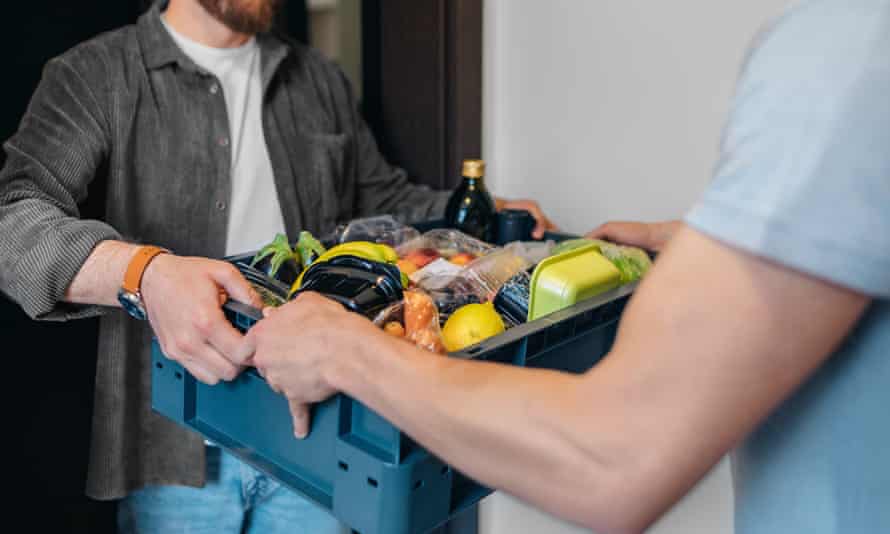
As consumers, we have increasingly grown more accustomed to shopping online – but we’ve also become more adept at it. Which means it isn’t enough for retailers to just cater for e-commerce consumers – they also need to take into account their savviness.
“What the pandemic has done is accelerate the journey that we were already on,” says Kirsty Morris, managing director of specialist sales at Barclaycard Business. “If you look at the past 10 years, it’s not hard to see a shift in consumer behaviour toward being much more comfortable shopping online.”
For businesses, keeping both new and old e-commerce customers happy is vital for retaining their custom. As such, the e-commerce space has become a “real battleground” over the past 18 months, says Morris, as it is “forcing retailers to create even better online experiences”.
Clunky websites are likely to make online shoppers run a virtual mile, whereas slick user experiences could win their loyalty. “There is genuine value, for a consumer, in having a really nice experience,” says Morris. “If I have a positive experience when I first come to a website, I might not even bother looking elsewhere.”
Fast, frictionless payments – one-click payment processes that minimise purchase barriers, such as the need to enter card details – are also a must for increasingly demanding e-commerce customers. “The most successful retailers, going back over the past five or 10 years, are the ones where payment is slick,” says Morris.

Payment solutions need to create a simple checkout experience for customers by storing card details securely for future frictionless payments. Morris says: “Mobile handset manufacturers have done a massive amount in this space as well to make the handset better and the interface better, so that it stores your card details in a secure way.”
Consumers also expect delivery options that will suit their lifestyle – such as home delivery for home workers, or click and collect for those working from the office. It’s all part of the personalised experience people now want from online retailers. “If I’ve shopped with you before, I expect to be able to come back and you should know me, you should know what I want, and you should know how I want to pay,” says Morris.
It doesn’t matter what sales channel a customer uses; they’ll expect the same high-quality, personalised experience regardless. That’s because, from a consumer’s perspective: “I don’t care if I’m shopping with you online on a desktop computer or on my phone, or if I’m on a phone shopping with you in a store,” says Morris. “It’s just my shopping experience with you, Mr Retailer, and you should be able to handle that.”
As well as nudging more people to shop online, the pandemic also encouraged manufacturers to offer direct-to-consumer sales. In fact, research by Barclays shows that 57% of consumers are now choosing to buy directly from manufacturers, citing better prices and better service as factors in their decision. The most frequently bought items through the “direct approach” are clothes (39%), electronics (30%), and food and drink (27%), as well as larger items such as household appliances (24%) and furniture (22%).
Shoppers are increasingly comfortable buying goods from overseas, too, providing they know they will receive them in a reasonable time frame and delivery doesn’t cost a small fortune. Solutions such as Barclaycard Multicurrency have helped to enable this shift by allowing more businesses to accept payments from cardholders in their local currency. “Regardless of Brexit, the online transacting space is easier in many ways than it’s ever been,” says Morris.
Savvy online shoppers are also using comparison sites and other tools to nab the best deals. Thanks to the wealth of reviews and product videos now available, customers are increasingly comfortable researching and buying big-ticket items too – though they may want the option to view something in store before making a purchase.

However, retailers shouldn’t bank on a mass return to the high street. “It’s not like stores reopened and everybody rushed back in,” says Morris. “We saw people wanting to go shopping in a physical environment, definitely. But it wasn’t a cliff-edge ‘I’m done with online, it was rubbish, I can’t wait to go back in-store’.”
So, in a more competitive online space, how else can retailers further differentiate themselves from their rivals? One way is through their loyalty schemes, says Morris. Barclaycard’s commerce platform helps to build other digital connections between consumers and retailers. Retailers could, for example, offer discounts via the Barclays mobile banking app, or add digital receipts and loyalty points to a customer’s Barclays wallet.
These integrations will ultimately make life easier for online shoppers and, together with slicker, more personalised experiences, ensure that even the savviest of them become loyal customers.
To find out more about how Barclaycard could help your business with online payment solutions, click here